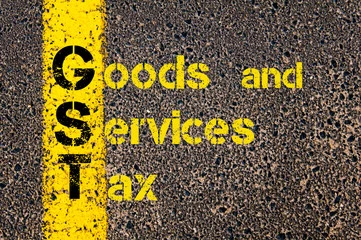There are currently four different types of GST which are applicable in the country.
First IGST, which stands for integrated goods and services tax; second CGST, which stands for Central Goods and Services Tax; third SGST, which is for States Goods and Services Tax and fourth UTGST, which is Union Territory Goods and Services Tax.
Now these taxes are mutually exclusive which means in one of the situations one of the taxes will apply. Either IGST will apply or a combination of CGST and SGST would apply or UTGST would apply.
Now let us see in which situation which tax applies. If there is an intra-state supply i.e. both the buyer and the seller are within the territory of a State, it is called an intra-state supply. In such a supply there are two taxes which are imposed, Central GST namely CGST and State GST namely SGST. So on one single transaction there are two taxes namely CGST and SGST which is in the context of intra-state supply.
Whereas, if it is inter-state supply namely the supplier is in one State and the receiver is in another State, then instead of CGST and SGST, IGST applies. So an integrated goods and services tax applies when it is in inter-state supply. IGST also applies when it is an international supply, namely in context of imports and exports of goods and services. Therefore, the scope of IGST is both inter-state and also international transactions.
On the other hand, if the transaction takes place within the territory of a Union territory, then it is subject to UTGST namely Union territory goods and services tax. So therefore, the mechanism which is there in the country is that one person needs to find out where is the supplier, where is the receiver and on that basis determine which tax will apply.

